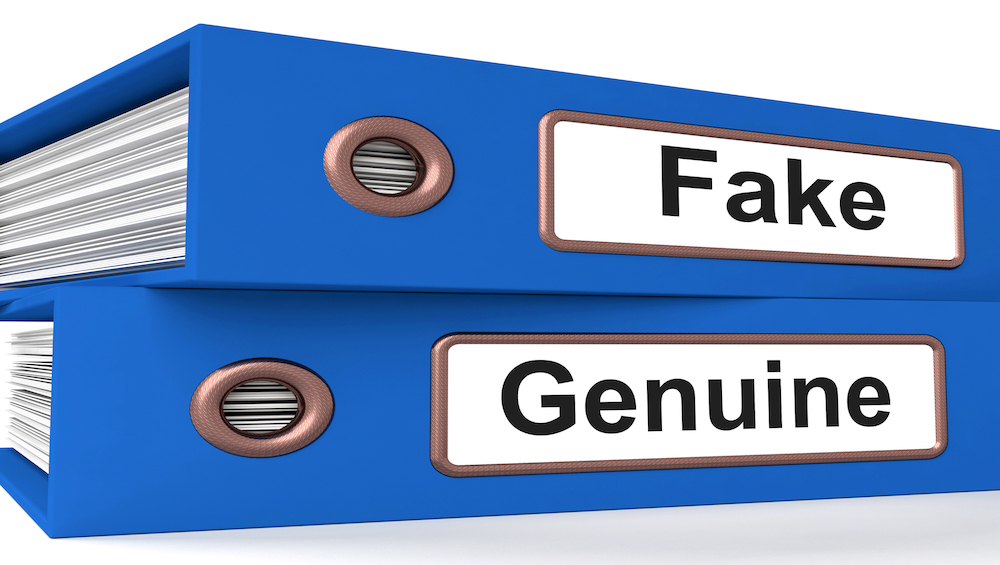Distribution of counterfeit goods, including food and drink, remains a problem and has been driven by the COVID-19 pandemic, according to two European agencies.
Europol and the European Union Intellectual Property Office (EUIPO) said the pandemic has given opportunities for criminals who have adjusted their business models to meet this new demand. They added these fake food products can present a risk to the public.
The Intellectual Property Crime Threat Assessment report said IPR infringements result in financial losses and reputational damage to legal producers and loss of tax revenue. Such crime is when someone manufactures, sells or distributes goods with counterfeit patents, trademarks, or geographical indicators of origin for commercial gain.
According to data from the Organisation for Economic Co-operation and Development (OECD) and EUIPO, imports of counterfeit and pirated items reached €119 billion ($131 billion) in 2019. This represented 5.8 percent of all goods entering the European Union. An increasing number are counterfeit medicines, food, pesticides and cosmetics which could pose a serious threat to human health, according to the report.
Although the majority of counterfeits in Europe are produced outside the region, mainly in China and other parts of Asia, experts said manufacturing within the EU is a rising trend.
F&B focus
The report found production of illicit food and drink has become more professional and sophisticated, with some counterfeiters covering the whole supply and distribution chain. Violations of protected geographical indications also continue to be widely reported.
In 2020, foodstuffs such as cookies, pasta, crisps and sweets were the second most commonly confiscated category of products at the EU’s external border.
China and Turkey were near the top of non-EU countries of origin for counterfeit food and drink blocked at the EU’s external border in 2019 and 2020. Other common non-EU nations of origin were Albania and Ukraine in 2019, and Jordan, Moldova and Panama in 2020.
Criminals counterfeit or manipulate foods or mislead consumers by altering labels, manufacturing processes, geographical origins, or by replacing products. Counterfeit food and drinks are often produced in settings with inadequate hygiene, using substandard or harmful ingredients, according to the report.
IPR infringements on geographical indications target a range of products, such as oil, condiments, chocolate, spices, alcohol, meat products, cheese and dairy and vegetables and fruit.
Counterfeit alcohol can be adulterated with artificial colors to make it look genuine. Refilling of empty bottles is another common finding. Packaging materials for juices were one of the most seized fake goods at the EU’s external border in 2020.
Use of digital tools
Europol’s executive director, Catherine De Bolle, said: “Law enforcement seizures indicate that the production of these goods is increasingly taking place within the EU, while the COVID-19 pandemic has further entrenched the criminals’ reliance on the digital domain to source and distribute their illegal goods.”
The threat assessment shows distribution of counterfeit products relies on digital platforms, a trend reinforced by the pandemic and widespread online use. Such goods are offered on online marketplaces, via live-streaming, videos and advertising on social media platforms, and instant messaging services.
Trade in illicit pesticides remains a low-risk, high-profit activity, with a high demand and low sanctions for offenders. Experts said residues could be carried into harvested food and pose serious health risks for consumers.
Christian Archambeau, EUIPO executive director, said: “This threat assessment report casts new light on the scope, magnitude and trends of counterfeiting and piracy in the EU, and the damage it can cause to consumers’ health and to legitimate businesses, particularly during these challenging times of the COVID-19 pandemic.”
(To sign up for a free subscription to Food Safety News, click here.)

